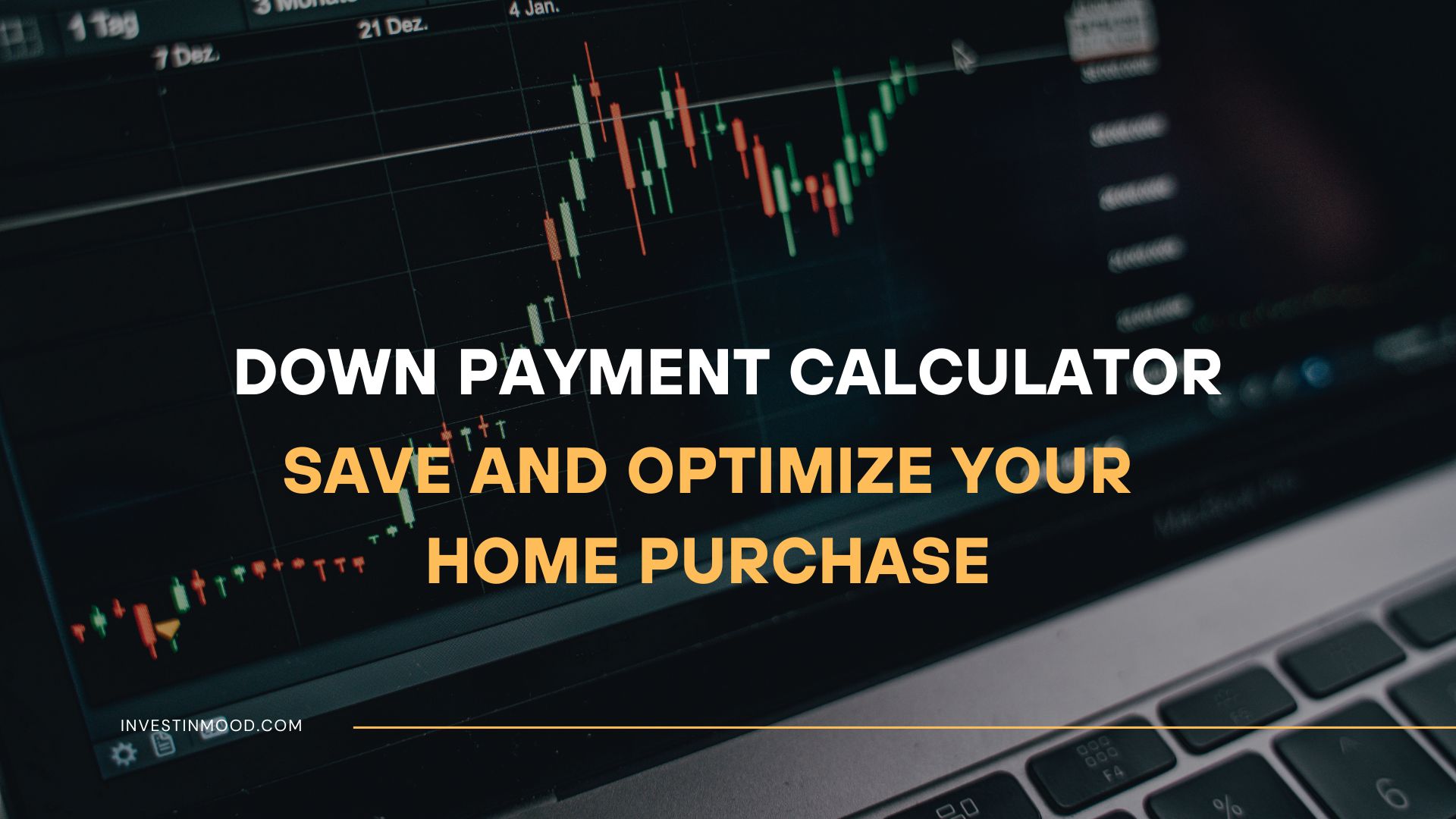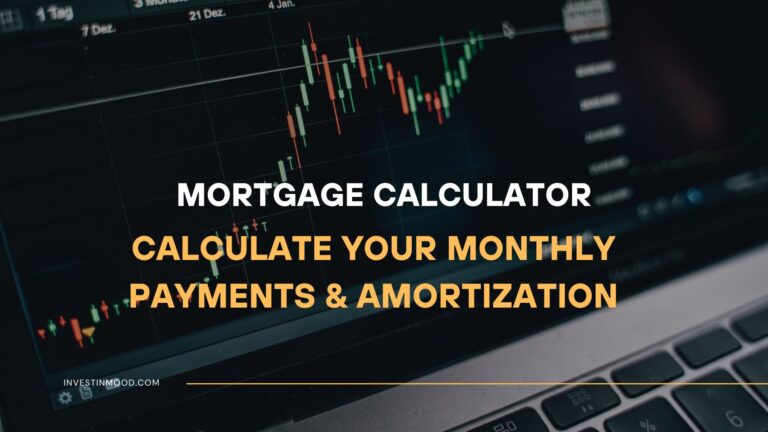
Down Payment Calculator, Save and Optimize Your Home Purchase
Down Payment Calculator
Calculate how much you need to save for your home purchase and understand the impact on your mortgage
Your Down Payment Results
Payment breakdown visualization will appear here
How to Use the Down Payment Calculator
Step-by-step instructions:
- Enter the total home price of the property you’re considering
- Adjust the down payment percentage slider or enter a specific dollar amount
- Set your expected mortgage interest rate
- Choose your preferred loan term (15 or 30 years are most common)
- The calculator will automatically show your required down payment, loan amount, and monthly payments
Explanation of input fields:
- Home Price: The total purchase price of the property
- Down Payment Percentage: The percentage of the home price you’ll pay upfront (typically 3-20%)
- Interest Rate: The annual mortgage interest rate you expect to receive
- Loan Term: The length of your mortgage in years
- PMI Rate: Private Mortgage Insurance rate (applies if down payment is less than 20%)
Interpretation of results:
- Your down payment amount shows the cash needed at closing
- The loan-to-value ratio indicates what percentage of the home is financed
- PMI requirements show if you’ll need to pay extra insurance
- The monthly payment breakdown helps you budget for homeownership costs
How Down Payment is Calculated
Explanation of the formula:
The down payment calculation is straightforward: Down Payment = Home Price × Down Payment Percentage. For example, a $350,000 home with a 20% down payment requires $70,000 upfront.
Breakdown of each component:
- Home Price: The agreed purchase price between buyer and seller
- Down Payment Percentage: Determined by loan type, buyer qualifications, and lender requirements
- Loan Amount: Home Price – Down Payment Amount
- Loan-to-Value Ratio: (Loan Amount ÷ Home Price) × 100
Example calculation:
For a $400,000 home with 15% down payment:
- Down Payment = $400,000 × 0.15 = $60,000
- Loan Amount = $400,000 – $60,000 = $340,000
- LTV Ratio = ($340,000 ÷ $400,000) × 100 = 85%
How to Apply These Results to Your Financial Strategy
Actionable advice based on different result scenarios:
- If your calculated down payment seems too high, consider:
- Looking at less expensive properties
- Exploring low down payment loan options (FHA, VA, USDA)
- Extending your savings timeline
- Investigating down payment assistance programs
- If PMI costs are significant:
- Calculate the break-even point for paying PMI vs. waiting to save a larger down payment
- Consider lender-paid PMI options
- Look into piggyback loans to avoid PMI
How to adjust inputs to achieve financial goals:
- Increase down payment percentage to reduce monthly payments and avoid PMI
- Extend loan term to lower monthly payments (but increase total interest paid)
- Improve credit score to qualify for better interest rates
Common mistakes to avoid:
- Forgetting to account for closing costs (typically 2-5% of home price)
- Underestimating ongoing homeownership expenses beyond the mortgage
- Stretching your budget too thin with minimal down payment
- Not considering how down payment affects your emergency fund
Advanced Down Payment Scenarios
More complex use cases:
- Investment Properties: Typically require 20-25% down payment
- Second Homes: Often require 10-20% down payment
- Jumbo Loans: May require 10-20% or more down payment
- First-Time Homebuyer Programs: Some allow as little as 3% down
How different financial decisions impact the results:
- Making a 20% down payment vs. 10% can save thousands in PMI costs
- A higher down payment often qualifies you for better interest rates
- Putting down less than 20% means you’ll have less equity initially
Comparison of different strategies:
- Aggressive Savings: Save 20% to avoid PMI and get better rates
- Minimum Down Payment: Get into a home sooner but pay PMI
- Balanced Approach: Put down 10-15% and plan to refinance when you reach 20% equity
Important Down Payment Considerations
What the calculator doesn’t account for:
- Closing costs (typically 2-5% of home price)
- Homeowners association (HOA) fees
- Maintenance and repair costs
- Utilities and other ongoing expenses
- Potential changes in property taxes or insurance rates
Assumptions made in the calculations:
- Consistent interest rate throughout loan term
- Fixed property tax and insurance rates
- Standard PMI rates based on down payment percentage
- No extra payments or refinancing
When to consult a financial professional:
- If you’re unsure about your budget or home affordability
- When considering complex loan structures or investment properties
- If you have unique financial circumstances or debt concerns
- Before making final decisions on home purchase timing
Frequently Asked Questions About Down Payments
Related Calculators
- Mortgage Affordability Calculator: Determine how much house you can actually afford based on your income and expenses
- Mortgage Payment Calculator: Calculate your exact monthly mortgage payments including principal, interest, taxes, and insurance
- Rent vs Buy Calculator: Compare the financial implications of renting versus buying a home
- Debt-to-Income Ratio Calculator: Understand how lenders evaluate your ability to manage monthly payments
- Home Equity Calculator: Track how much equity you’re building in your home over time






